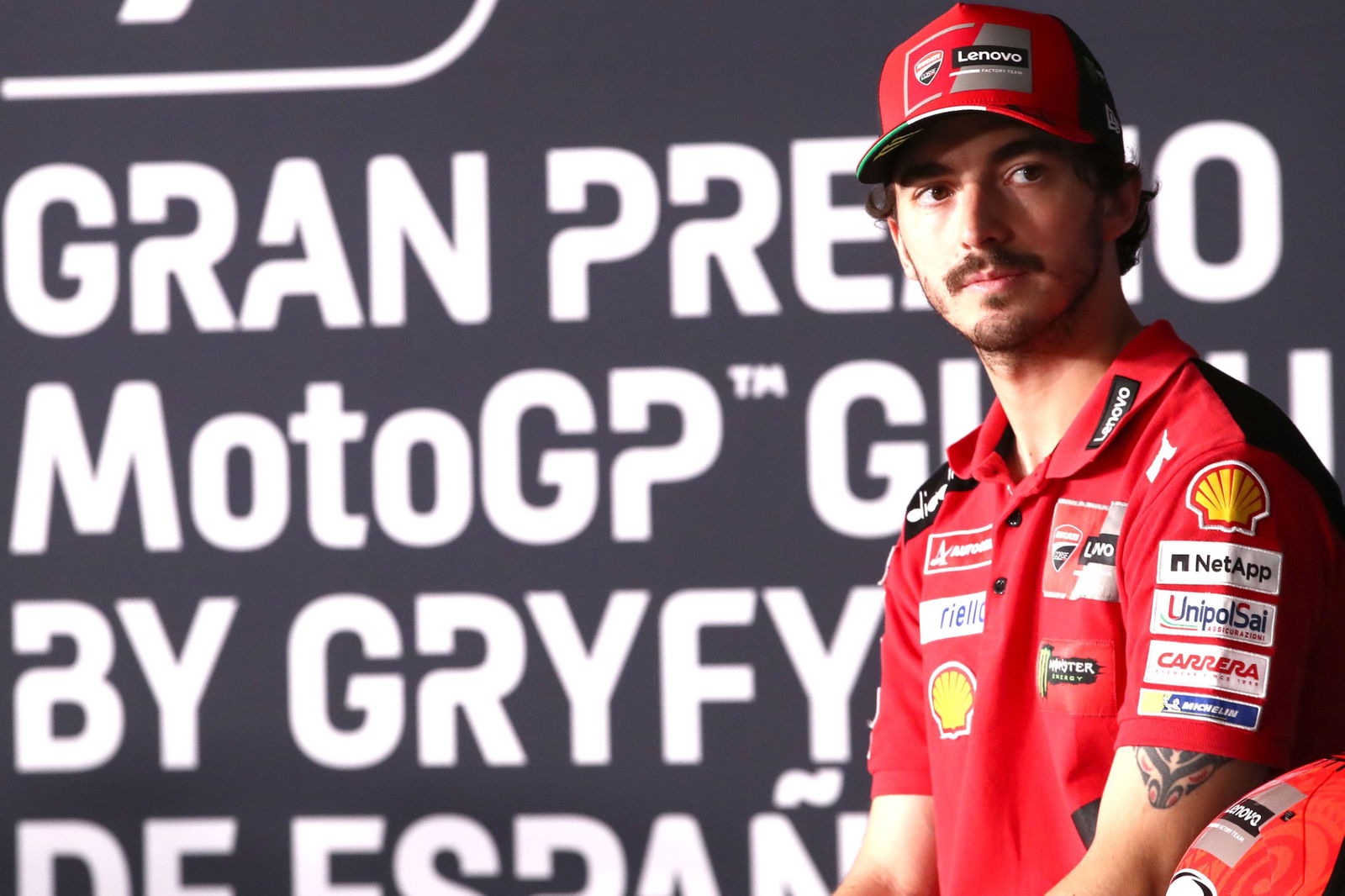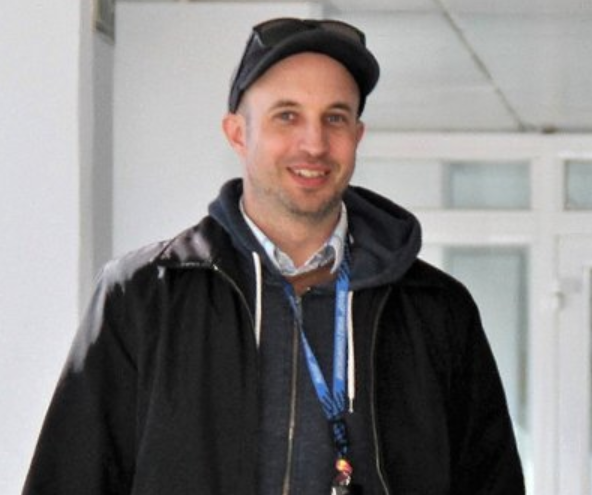MotoGP Jerez: Tyre pressure punishments delayed

The initial target had been to allow manufacturers to gather pressure data using the new 'unified' real-time sensors during the opening three rounds, then introduce sanctions from this weekend’s Spanish MotoGP at Jerez.
However, an update on the official MotoGP website has confirmed that testing of the system ‘remains ongoing in preparation for its full introduction and enforcement’ with 'more analysis' during the Spanish and French GPs:
‘As agreed with the MSMA - the manufacturers association - the unified system was not to be introduced before Jerez 2023 and required validating to ensure a reliable system for scrutineering.
‘Testing started during pre-season and remains ongoing in preparation for its full introduction and enforcement.
‘More analysis will now take place at the Spanish and French GPs, as well as the one-day Jerez Test the day after the Spanish GP has concluded.’
The Italian Grand Prix at Mugello is the event after Le Mans.
Because tyre pressure is constantly fluctuating on track the minimum pressures allowed by Michelin of 1.9 bar for the front and 1.7 bar for the rear will not be ‘line in the sand’ limits.
Instead, a generous level of tolerance is to be given before a penalty occurs.
For example, a rider might only be penalised if their front or rear tyre pressure fails to reach the minimum for more than 50% of a fast lap in practice/qualifying or 50% of a race distance.
However, the penalties will be harsh: Cancellation of the lap time or disqualification from the race.
Many riders have raised concerns that, to be sure of staying within the new pressure limits, they need to leave the pits with a higher starting pressure than before.
That is not a problem if they then ride alone on track but if they find themselves in the wheeltracks of other machines - a likely scenario during race - front tyre temperature/pressure can quickly reach a level where grip and handling is badly compromised.
Likewise, if a lower starting pressure is used on the assumption that a rider will be battling in the pack, but the rider instead finds clean air (most obviously by leading) the pressure will not rise by as much as had been expected. The rider will then risk disqualification for being below the specified pressure minimum for too long.
Dashboard lights can be used to alert riders to high or low pressures but riders argue there is little they can do about it on track - especially in the case of low pressure.
While awaiting the new system, manufacturers agreed to share tyre pressure data after each race last season, which caused controversy when the Jerez 2022 table was leaked, with winner Francesco Bagnaia listed as below the minimum.


